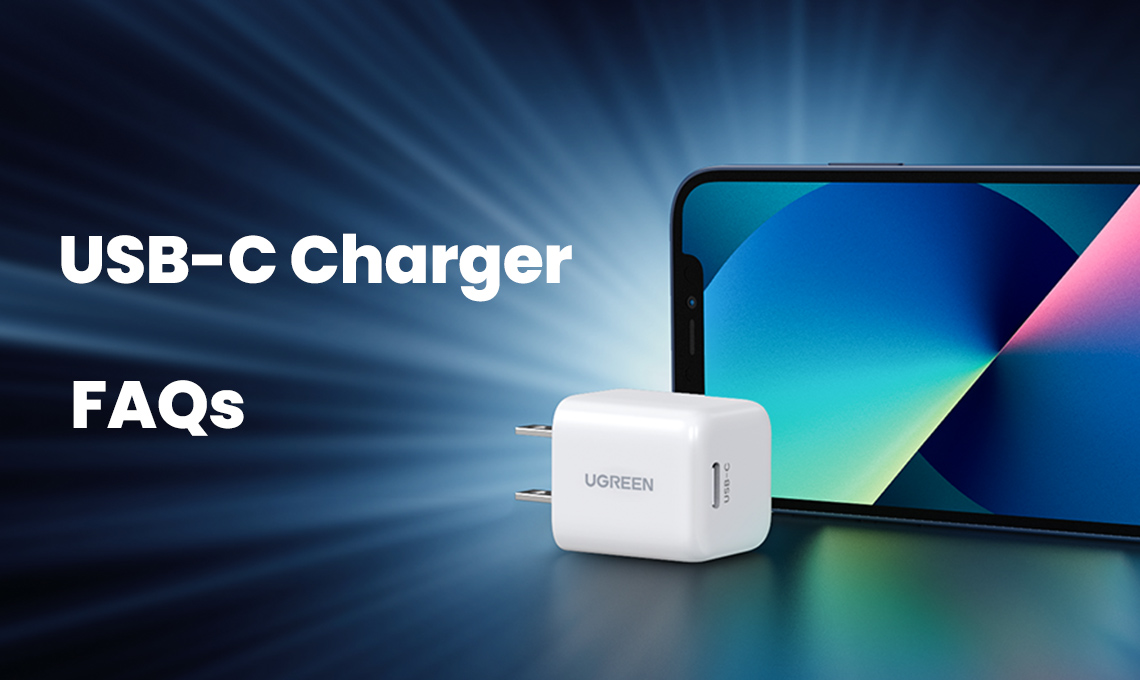Lately, USB-C power chargers have emerged as a game changer in the world of technology, redefining how we charge our devices. As more products adopt this versatile connector, consumers are left considering what the perks of USB-C really are versus traditional chargers. With speedier charging speeds, enhanced efficiency, and improved compatibility across a variety of devices, it’s no surprise that USB-C is quickly becoming the norm for both private and work use.
This article will examine the key aspects of USB-C chargers, showcasing why they are the upcoming wave of charging. From understanding how rapid charging works with USB-C to reviewing the best chargers on the market, we will cover everything you need to know. Whether you are a regular user or a technology buff, getting informed about USB-C can improve both your charging experience and the durability of your gadgets.

The Benefits of USB-C Charging
USB-C charging brings a flexible and effective approach to the way we charge our devices. One of the most significant advantages is its reversible design, allowing users to connect the cable in either orientation. This eliminates the annoyance of struggling to find the right way to connect the charger, making it simpler and more accessible to operate, especially in low-light conditions or confined spaces. Additionally, USB-C supports a variety of devices, from mobile phones to laptops, facilitating a universal charging solution that can reduce the number of chargers needed.
The speed at which USB-C can power up devices is another notable feature. With the ability to deliver higher wattages—thanks to USB Power Delivery system—USB-C chargers can significantly reduce charging times compared to traditional USB-A chargers. This means that consumers can return to using their devices more quickly without sacrificing safety. Many USB-C chargers are also designed to control the power flow intelligently, preventing overheating and ensuring the optimal charging speed for each device.
Moreover, USB-C has become a cornerstone in promoting sustainable tech solutions. Many manufacturers are adopting USB-C not only because it is superior but also because it supports the growing movement toward standardized charging solutions. This move helps to reduce electronic waste by limiting the number of various charger types needed and simplifying the charging process across multiple devices. As USB-C innovation continues to advance, it aligns with the broader objectives of sustainability in tech, making it a wise choice for environmentally conscious consumers.
Opting for the Right USB-C Charger
When choose a USB-C charger, it’s important to take into account the wattage that best suits your devices. laptop USB C charger can be charged efficiently with chargers that range between 18 to 30 watts, while laptops might need chargers with greater wattage, typically in the range of 45 and 100 watts. Understanding your device’s power needs helps guarantee that you choose a charger that can delivering the necessary power while avoiding the risk of overheating or damage.
Another important factor is the charger's compatibility with Power Delivery (PD) technology. This feature enables faster charging and makes sure that power is distributed efficiently to devices. A charger with PD capability can modify the power output based on the needs of the connected device, making it a versatile choice for anyone with a range of gadgets. Additionally, seek out chargers that support multiple protocols, such as Quick Charge, to enhance compatibility with your existing devices.
Lastly, consider the charger’s design and features that enhance security and usability. Inbuilt safety mechanisms like over-current protection and short-circuit prevention are important for safeguarding your devices. If you travel frequently, a compact charger with multiple ports can be particularly useful, enabling you to charge multiple devices simultaneously while avoiding taking up too much space. Evaluating these aspects will help you choose wisely and pick a USB-C charger that meets your needs efficiently.
Upcoming Trends in USB-C Technology
As technology continues to evolve, USB Type-C is poised to play a crucial role in the next generation of power delivery. One of the most noteworthy trends is the inclusion of GaN technology, which allows chargers to be smaller, more portable, and more efficient without sacrificing power output. This means users will see even more space-saving designs that can deliver significant power, making them perfect for portable use and daily carry. The move towards Gallium Nitride also aligns with the growing demand for greener technology, as these chargers typically generate less heat and use less energy.
Another emerging movement is the creation of unified charging standards that utilize USB-C technology. As more manufacturers adopt the USB Type-C as the common charging interface, consumers can expect enhanced compatibility across multiple devices. This will simplify the charging ecosystem, helping to cut down on the number of charging cables and adapters needed. It also creates opportunities for innovations such as cross-device charging capabilities, where one device can charge another using its USB Type-C port, further enhancing convenience.
Finally, we can look forward to progress in charging speeds with the continued advancement of USB-C. With the introduction of new USB Power Delivery standards and future generation technologies, charging speeds are expected to rise significantly. This means devices will charge faster and in a more efficient manner, addressing one of the major frustrations for users. As mobile devices, notebooks, and other electronics become more power-hungry, these progressions will ensure that USB-C remains at the forefront of power solutions, meeting the demands of users who need quick and trustworthy power solutions.
